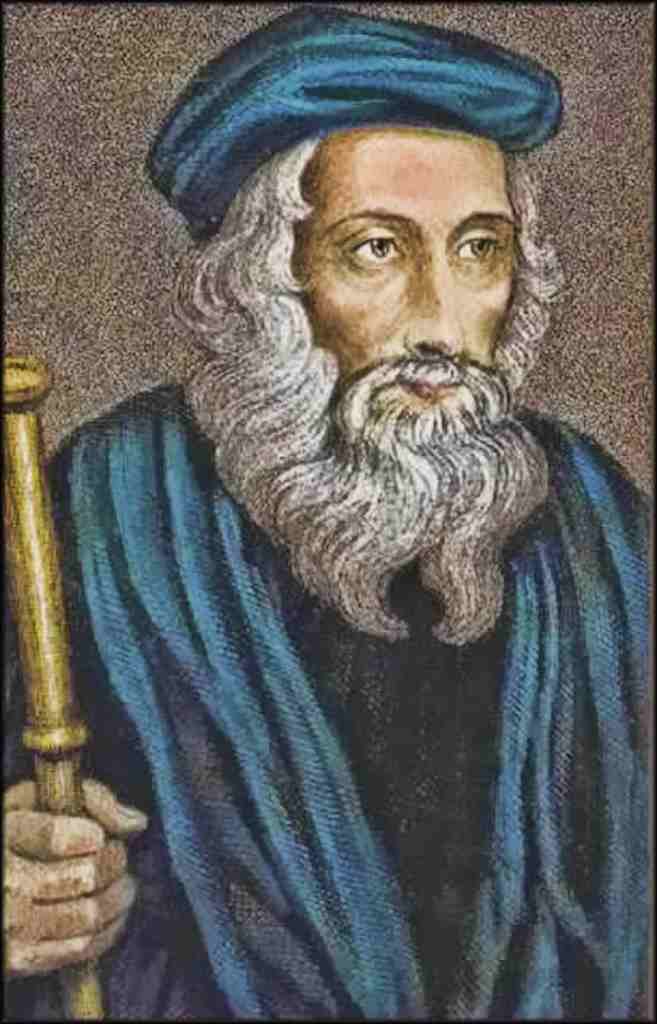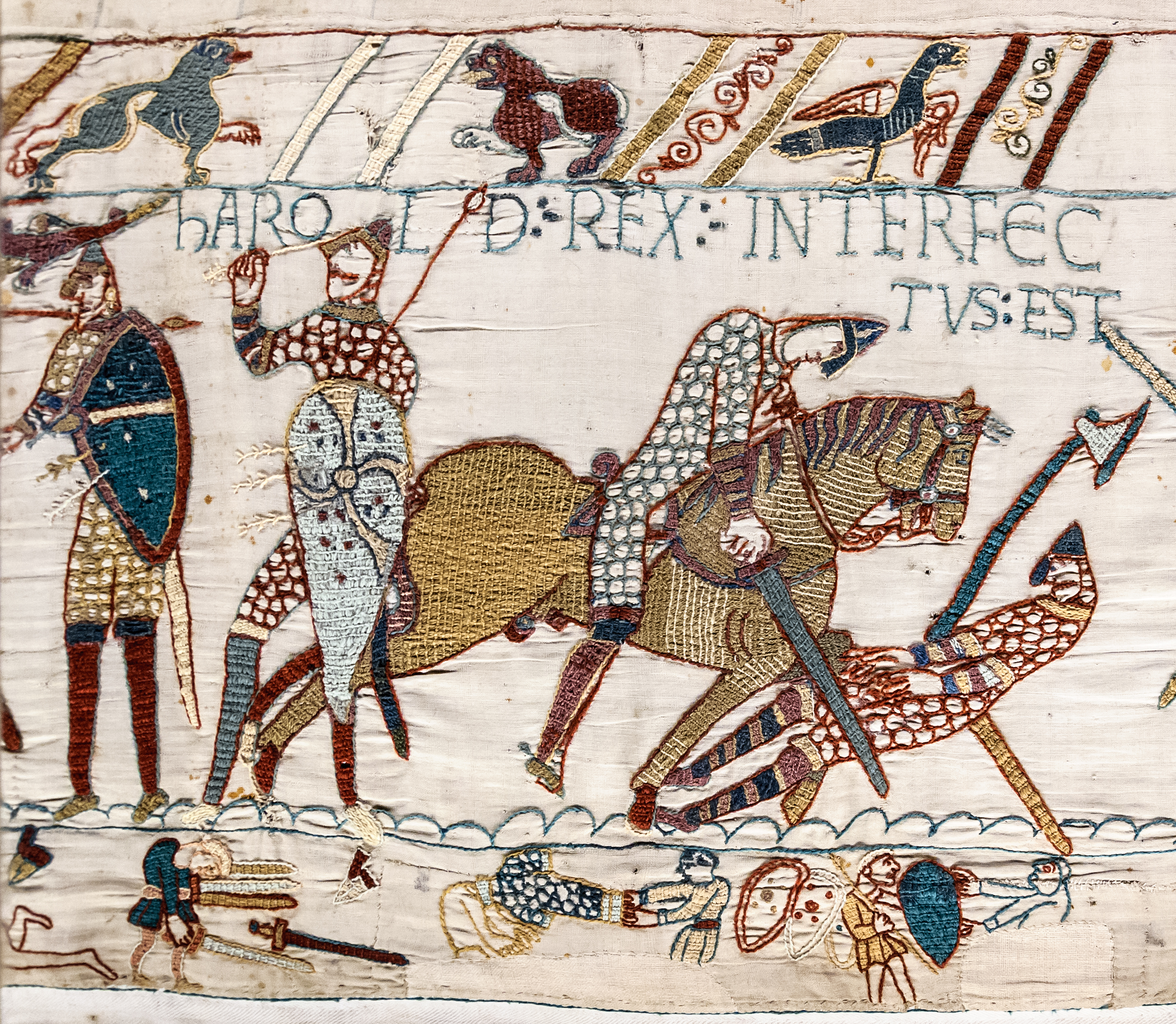Welcome to the First Day of Block Scheduling!
Since we have two hours together, we're mixing two lessons into one. So, there are two main ideas, 10 WWK and... I know you're already grumbling. :)
Daily Objectives:
- Journal: click here for journal
- Notes and MME
- Dante's Inferno
- Review
- GAME PROJECT
GUTENBERG AND HIS BIBLE
MAIN IDEA: Johannes Gutenberg invented the printing press which made books easy to print. Books and the ideas in them spread through Europe and got everyone thinking about different ideas.
- Moveable Type: invented in China, later came to Europe. One block has a raised symbol on it that can be combined with others on a frame to create a page of text. The symbol can then be reused on another page.
- Printing Press: 1455, invented by Johannes Gutenberg, allowed for the quick spread of the written word and ideas. Without the printing press, there could have been no renaissance or reformation.
- By 1500, there were printing presses in 250 European cities, and in just 45 years, more than 9 million books had been printed. Before, every book had to be printing by hand, one letter at a time.
- Vernacular: written in the local language
- Petrarch: father of humanism and poet who was Italian
- Dante: wrote the Divine Comedy about a journey through the afterlife - Italian
- Machiavelli: wrote The Prince about how rulers should be feared, not loved - Italian
- Chaucer: wrote The Canterbury Tales about people on a pilgrimage - English
- Cervantes: wrote Don Quixote about a man who thought he was a knight - Spanish
LEFT SIDE: activity on the vernacular - see me in class.
If you're gone, watch the video:
Gutenberg and the Printing Press 14 minutes.











